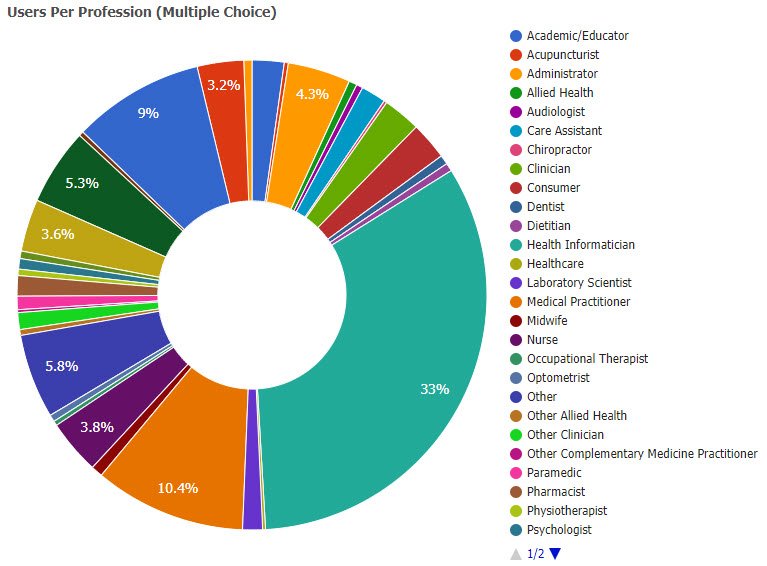When someone asks me what resources are available to provide an overview of openEHR, this is a list of resources I share and some of the reasons why…
Maybe it might be useful to others too.
The openEHR International CKM - a world-leading public library of clinical information models intentionally designed as a coherent data ecosystem
Do not miss the openEHR community Discourse forum
Recent publication from thought leaders in Catalonia (ie a regional/national approach) Can OpenEHR, ISO 13606 and HL7 FHIR work together? An agnostic perspective for the selection and application of EHR standards from Spain. Catalonia is in the procurement phase of going down the openEHR route, including their own CKM. And this is seriously influencing a potential whole-of-Spain approach.
EY white papers - EY health consultants, esp in EU, are increasingly promoting openEHR in public as a solution component to the approach in these papers. There is not really any other data modelling alternative at the moment.
My COVID clinical modelling paper - openEHR Archetype Use and Reuse Within Multilingual Clinical Data Sets: Case Study - demonstrates international data model reuse for a variety of clinical purposes related to the early days of the COVID pandemic.
Symposium held in Berlin in October 2021: openEHR & FHIR – friends or foes?
Especially Prof Rachel Dunscombe’s presentation about the importance of data for life, not one application - Starting at 2:41
And Tomaz Gornik’s presentation re vendor-neutral platforms – starting at 4:17 – referring to Gartner & EY papers
Gartner’s bimodal (samurai/ninja) approach to monolith systems and openEHR platforms:
Rachel Dunscombe (2018) - Bi-Modal IT in practice
Andy Blofield, CIO about the ‘bimodal’ approach at Plymouth NHS Trust
This 2018 video on the ‘Post Modern EHR’, by Tomaz Gornik again, quoting Gartner re openEHR, underpins this growing European view.
Up to 5:15 is setting the context; thereafter compelling viewing...
At ~11:00 Tomaz speaks to the mega-suite vs hundreds/thousands of apps in a single hospital
Italian openEHR day (in English), 2019 – featuring many openEHR International leaders and providing an excellent overview of openEHR in the real world.
Thomas Beale’s ‘Woland’s cat’ blog (founder of openEHR specs). There are many and all are worth reading, especially from a technical POV around digital health standards and reimagining electronic health records.
Roadmap to Successful Digital Health Ecosystems: A Global Perspective - a textbook published in 2021focused on the (openEHR) open platform approach – ie archetypes/templates as information models, terminology, FHIR etc as messaging but also the underpinning of coherent data ecosystems and open platforms. Many openEHR experts authoring chapters, plus a good overview of international approaches to digital health ecosystems. It is not cheap, but an excellent resource for a university library or similar or to recommend for policymakers. The principles are appropriate for anywhere that cannot/should not procure a typical US EMR mega-suite.










